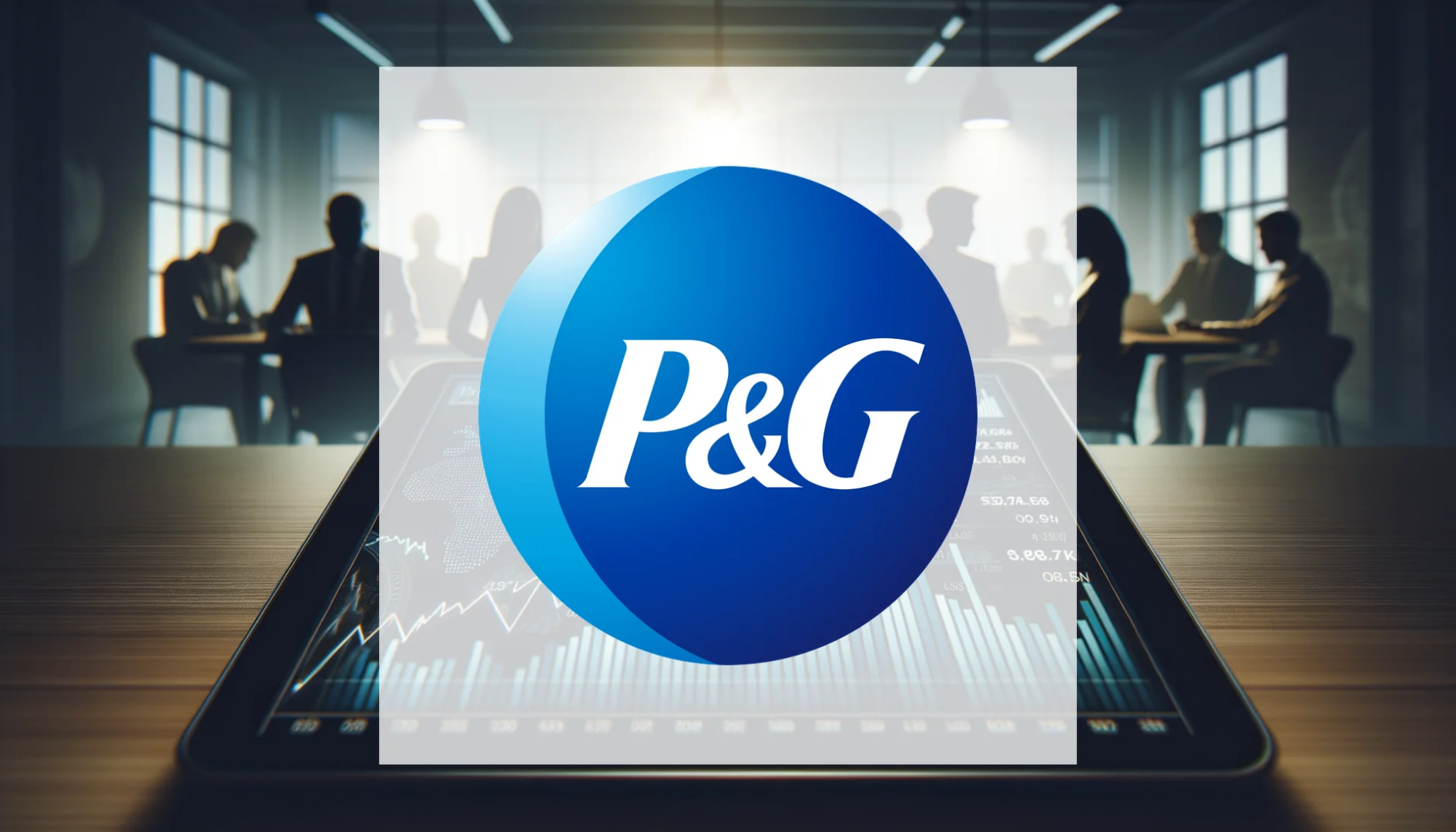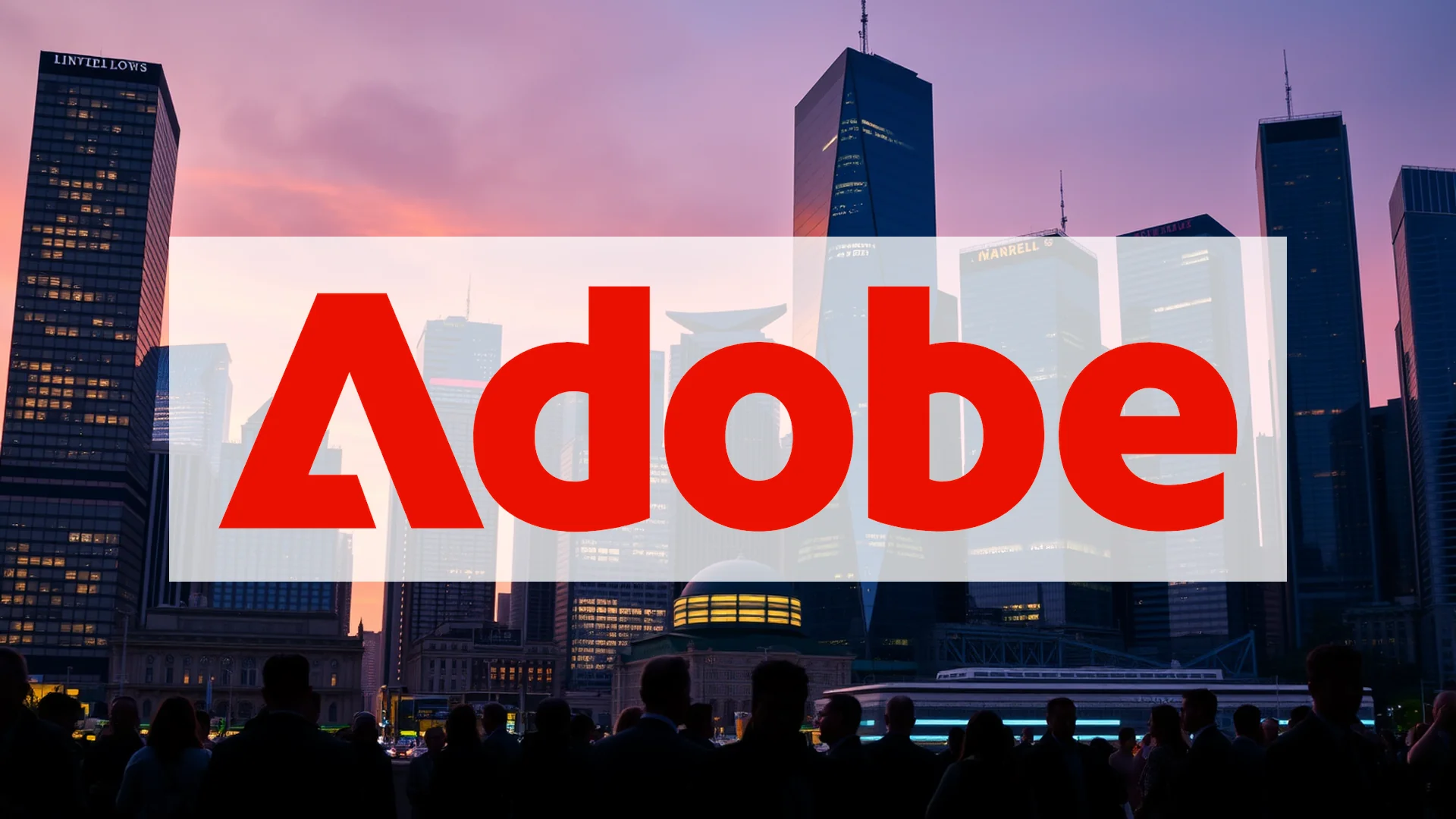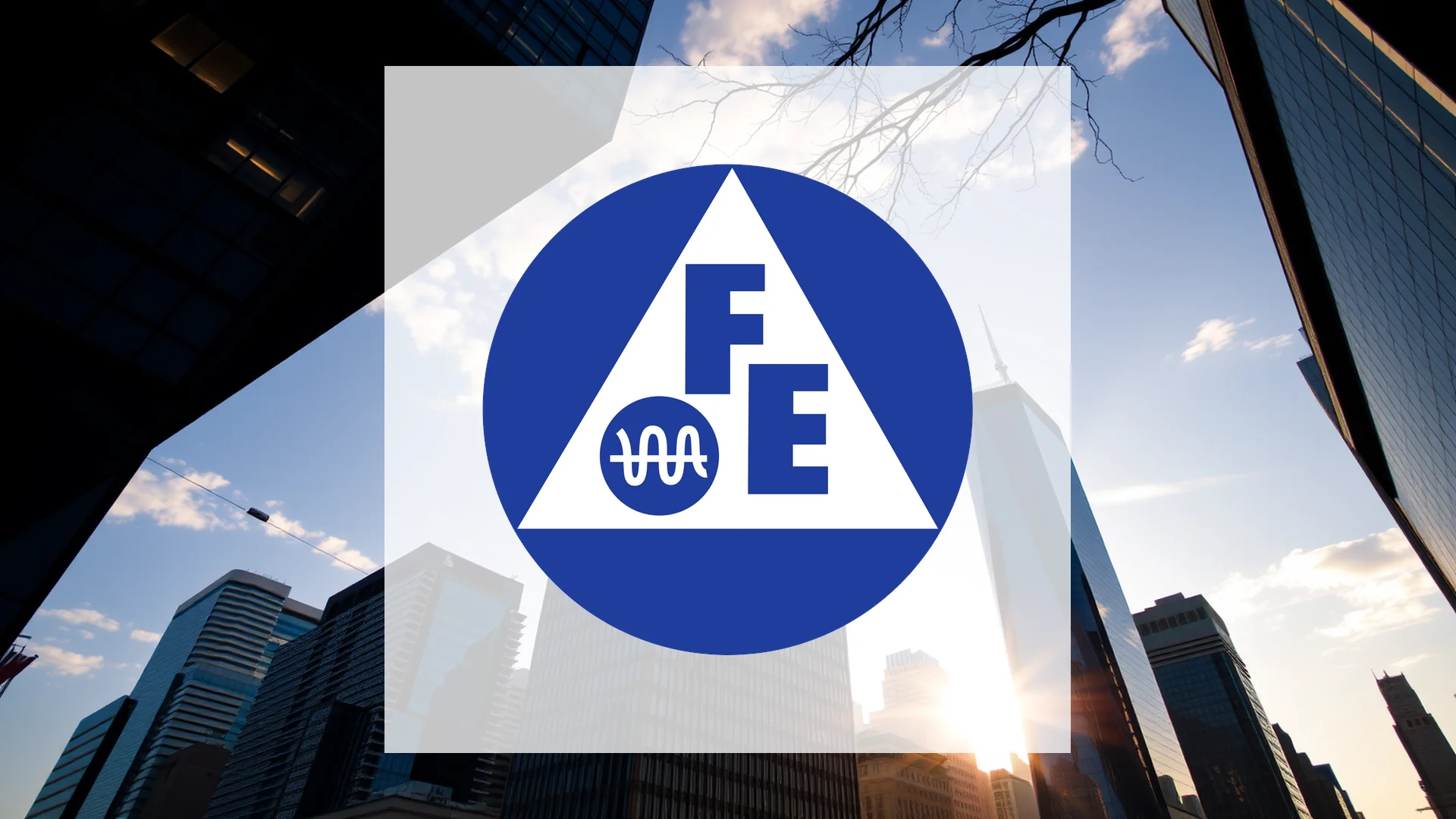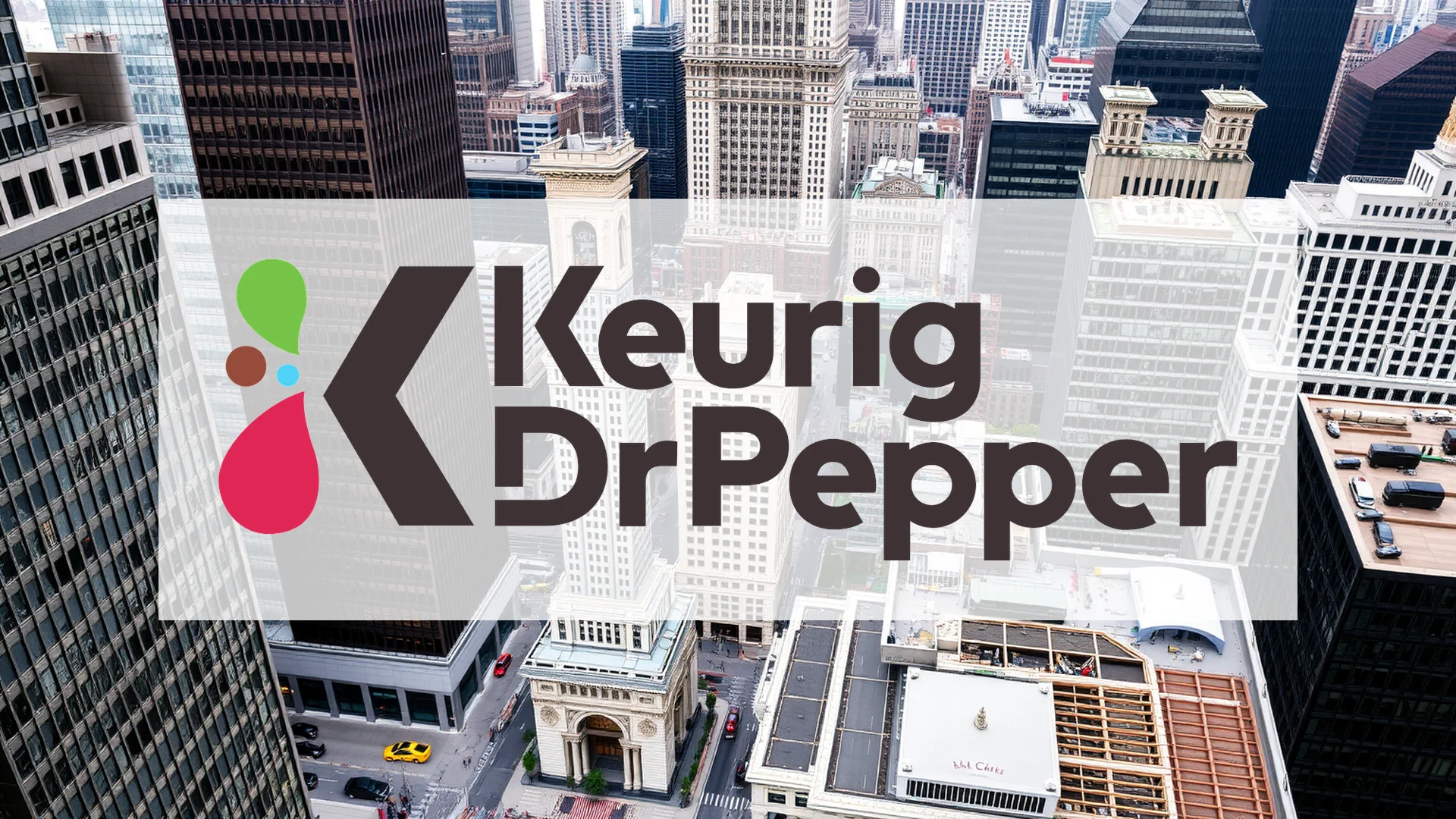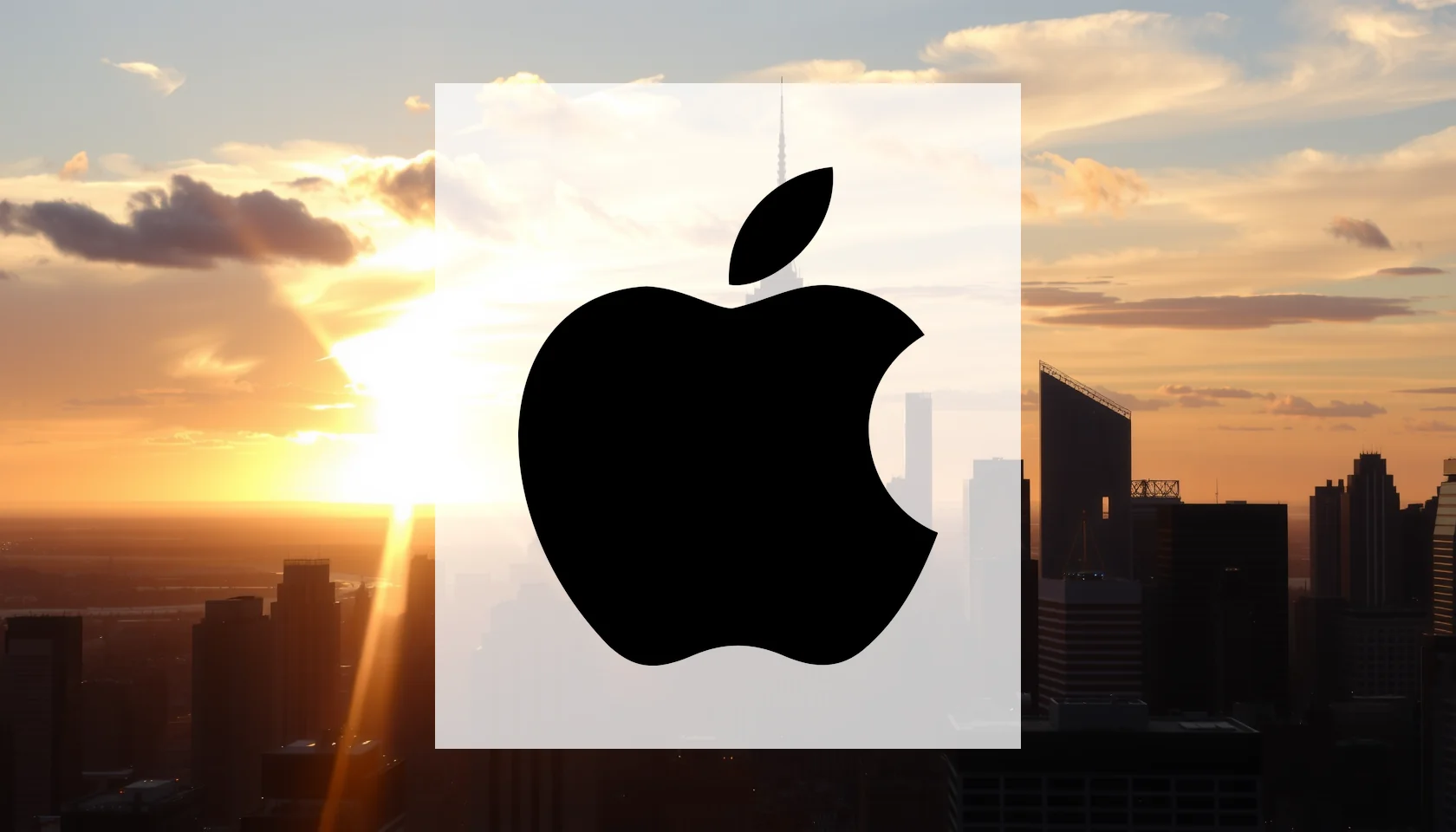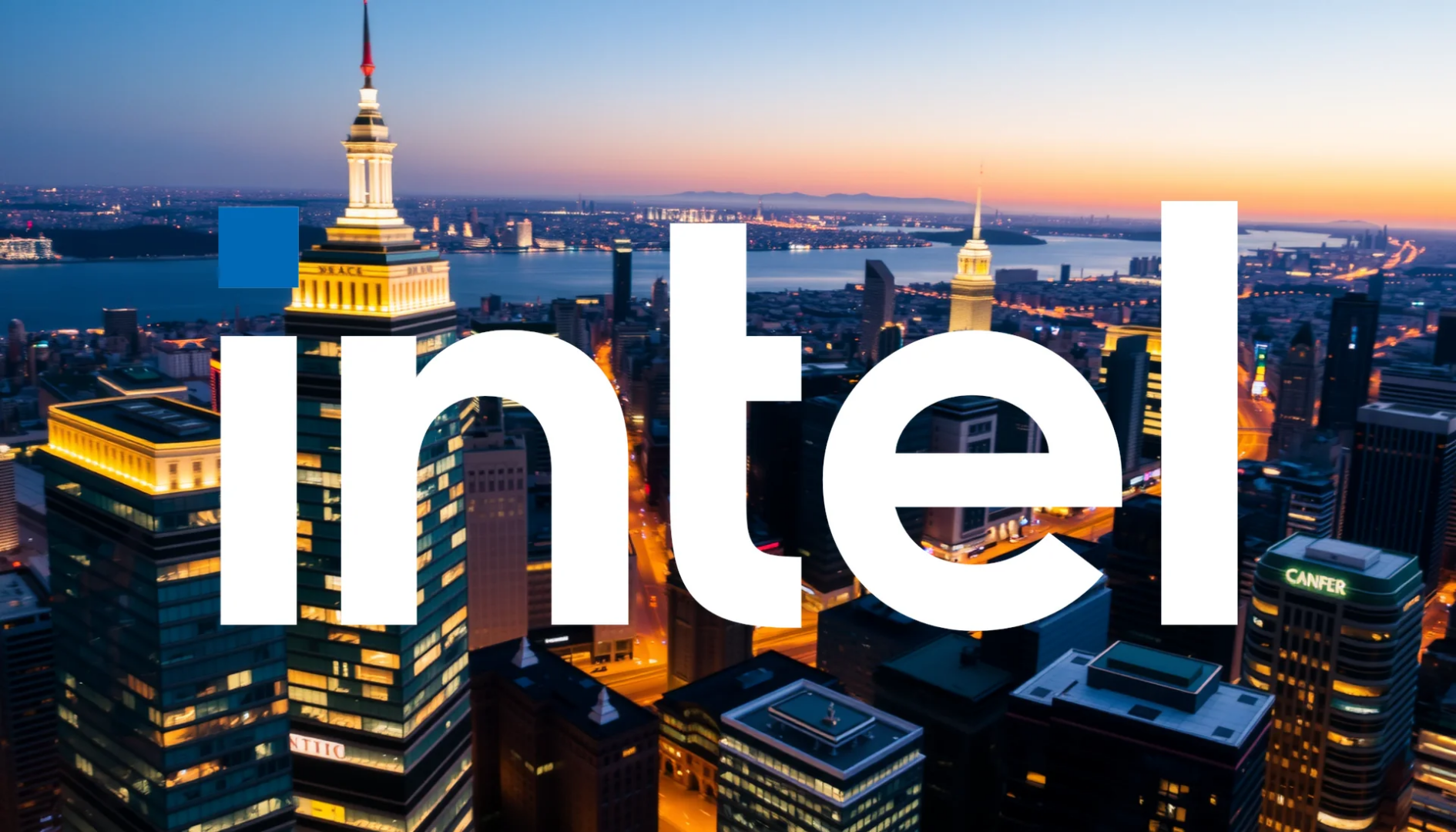In a surprising strategic move, consumer goods behemoth Procter & Gamble has secured a three-year partnership with the Tour de France and Tour de France Femmes avec Zwift. This marketing coup arrives during a period of notable pressure on P&G shares, creating a fascinating backdrop of institutional investor divergence and strategic repositioning.
Reaching Global Audiences Through Sports Sponsorship
Confirmed this Wednesday, the exclusive partnership will place P&G’s flagship brands—Pampers, Gillette, Ariel (marketed as Dash in some regions), Head & Shoulders, and Oral-B—at the forefront of the race’s famous advertising caravan. The comprehensive activation plan extends beyond mere visibility, incorporating roadside engagements and extensive retail campaigns designed to maximize impact.
This aggressive push for brand visibility appears strategically timed to counter recent demand softness in the American market. Market experts have noted the company’s current challenge of “flat margins” coinciding with “significant innovation investments.” The underlying strategy suggests P&G may be prioritizing market share protection through new product developments—including enhanced Tide formulations and premium Olay launches—even at the potential expense of near-term profitability.
Institutional Investors Display Conflicting Sentiments
Recent 13F filings reveal a divided landscape among major investors, creating an intriguing counterpoint to the company’s marketing offensive:
Should investors sell immediately? Or is it worth buying Procter & Gamble?
- Building Positions: Te Ahumairangi Investment Management expanded its stake by 7.7%, while Inceptionr LLC executed a massive 142.5% increase—a strong vote of confidence in the stock’s defensive characteristics.
- Reducing Exposure: Contrasting this optimism, the Employees Retirement System of Texas decreased its holding by 5.5%, with Northwest & Ethical Investments trimming its position by 3.6%.
Despite these opposing moves, institutional ownership remains substantial at 65.8%. The central uncertainty revolves less around business model stability and more around growth momentum. Within an environment characterized by cautious consumer spending and fierce competition, market observers question whether innovation drives and marketing offensives alone can restore organic volume growth.
Dividend Aristocrat Navigating Price Weakness
P&G shares currently trade notably below their year-ago levels, with the 50-day average of €128.91 presenting a significant technical resistance level. Nevertheless, the company maintains its status as a dividend aristocrat, offering an annual payout of $4.23 per share—yielding approximately 2.8%. With a price-to-earnings ratio of 21.67, sitting slightly below its five-year median, the equity could retain appeal for investors with longer time horizons.
The investment community anticipates the next quarterly results in January. Until then, share performance will likely depend heavily on Christmas campaign outcomes and broader sector rotation trends. From a technical perspective, falling below the annual low would signal bearish momentum, while reclaiming the 50-day line could potentially indicate a near-term trend reversal.
Ad
Procter & Gamble Stock: Buy or Sell?! New Procter & Gamble Analysis from November 26 delivers the answer:
The latest Procter & Gamble figures speak for themselves: Urgent action needed for Procter & Gamble investors. Is it worth buying or should you sell? Find out what to do now in the current free analysis from November 26.
Procter & Gamble: Buy or sell? Read more here...

